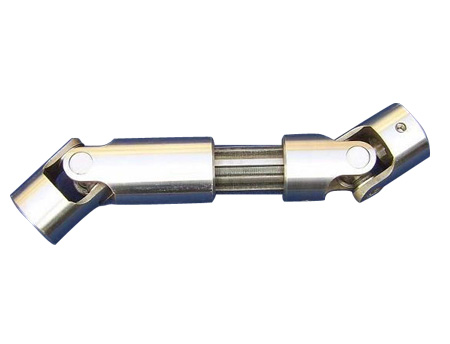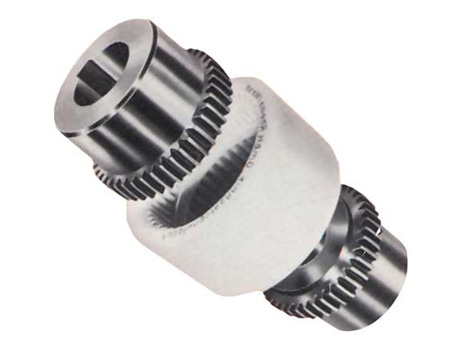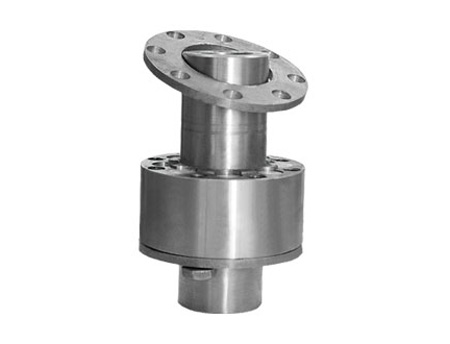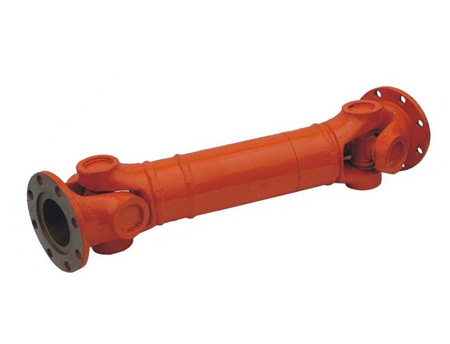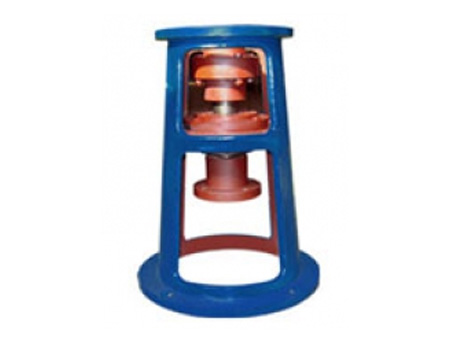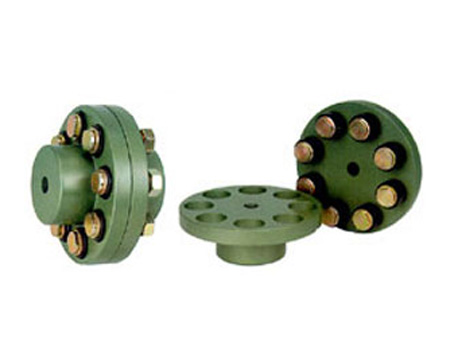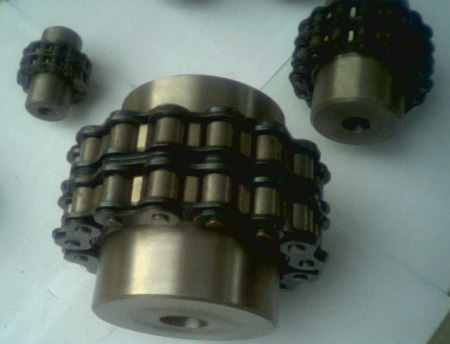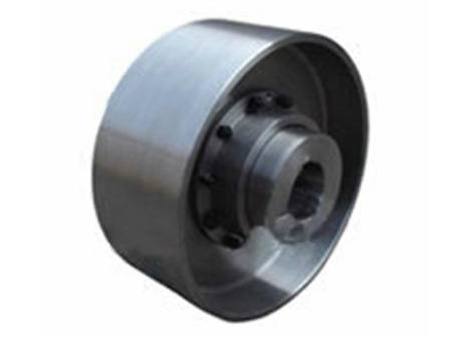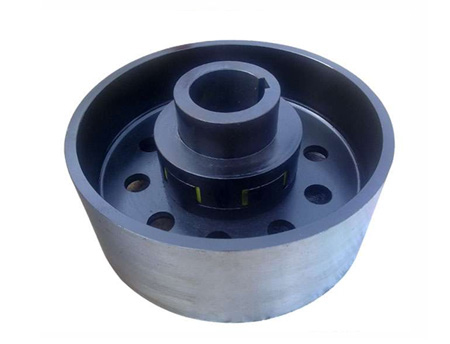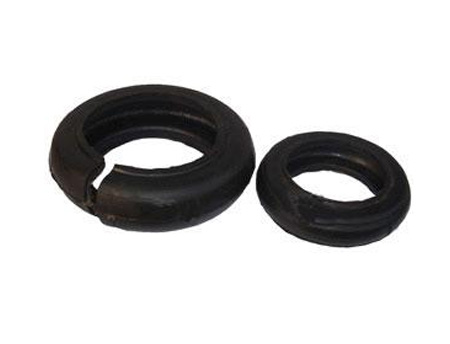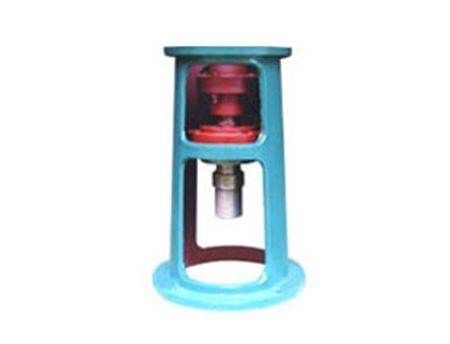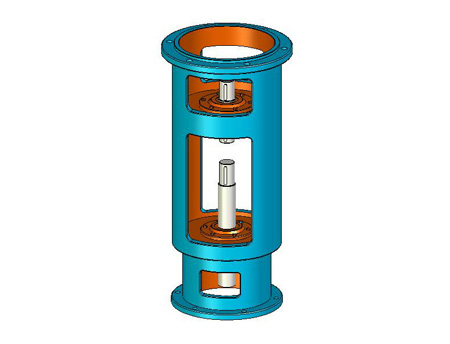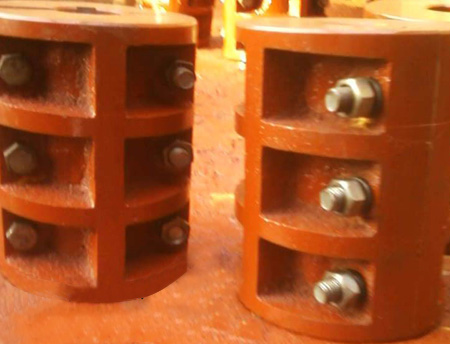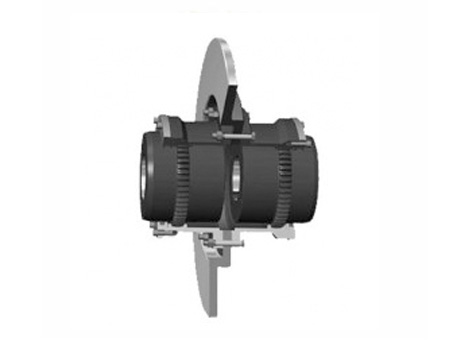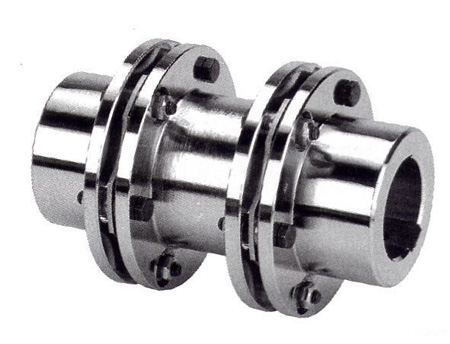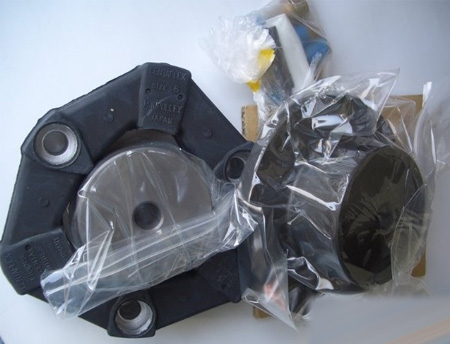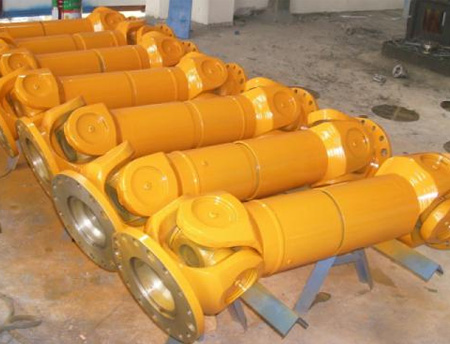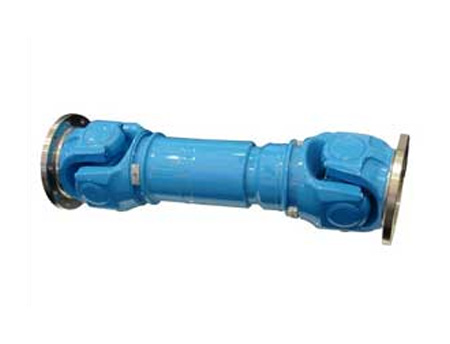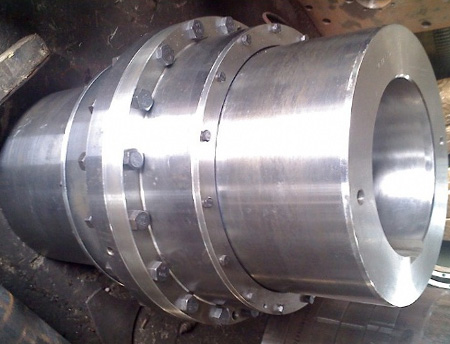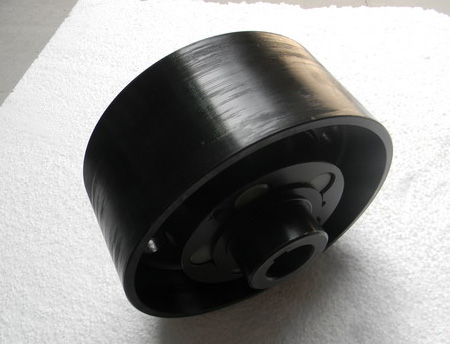News CenterNews
Latest newsNews
- Introduction to Couplings
- A detailed introduction to the drum gear coupling!
- What are the requirements for coupling guards?
- The difference between plum coupling and diaphragm coupling
- What are the characteristics of drum gear couplings?
- Frequently Asked Questions about the Installation and Disassembly of the Diaphragm Coupling
Contact information
Website: www.rigid-shaft-coupling.xyz
Address: Xihuan Industrial Zone, Botou City, Hebei Province
Fixing method and alignment method of elastic coupling
Author: Ever-Power Coupling Release Date: 2015-06-26 08:31 Click:次
Set screw fixation: The two set screw gap 90 locks the shaft of the fixed coupling. In the traditional fixing method, because the front end of the screw contacts the shaft, it may cause damage to the shaft or difficulty in disassembly.
1. Set screw fixation: The gap between two set screws 90 locks the shaft of the fixed coupling. In the traditional fixing method, because the front end of the screw contacts the shaft, it may cause damage to the shaft or difficulty in disassembly.
2. Clamping screw fixation: Utilize the tightening force of the hexagon socket bolt to shrink the slit and clamp the shaft tightly.This method is convenient to fix and disassemble, and will not cause damage to the shaft, so it is a very common fixing method.
3. Keyway type fixation: suitable for high-torque transmission. In order to prevent axial sliding, it is usually used together with positioning screws and clamping screws.
4. D-shaped hole fixing: Normally, if the shaft of the motor is D-shaped, if the positioning screw cannot be fixed, the coupling hole can be processed into a corresponding D-shaped hole, and the positioning screw is fixed. Don't worry about slipping anymore.
5. Expansion sleeve fixation: The tent is compressed and fixed by tightening the four positioning screws on the end of the coupling. It is suitable for the connection and fixation of some stepping motors and servo motors with large torque, such as expansion sleeve diaphragm couplings. , Expansion sleeve plum coupling, expansion sleeve bellows coupling, etc.
When the coupling is aligned, the coaxiality (radial displacement or radial clearance) and parallelism (angular displacement or axial clearance) are mainly measured. There are four methods according to the different tools used in the measurement.
(1) Use a square ruler to measure the coaxiality (radial displacement) of the coupling. Use a plane gauge and a wedge gap gauge to measure the parallelism (angular displacement) of the coupling. Use a straightedge and feeler gauge to measure the coupling. The method of measuring the angular displacement of the coupling with the wedge gauges of the plane gauge is simple and widely used, but the accuracy is not high. It is generally used for low-speed or medium-speed operation equipment with low requirements.
(2) Use the center card and feeler gauge to measure the coaxiality and parallelism of the coupling, see the actual object.Use the center card and feeler gauge to measure the coaxiality and parallelism of the coupling at the same time.
(3) Use the center card and dial indicator to measure the coaxiality and parallelism of the coupling.Same as the above method.
(4) Directly use dial indicator and feeler gauge to measure the coaxiality and parallelism of the coupling.But pay attention to one point: to ensure that the machining accuracy of the two couplings meets the standard.During the measurement and adjustment process, the adjustment method is usually achieved by adding or subtracting the spacers under the feet of the active machine (motor) in the vertical direction or moving the position of the active machine in the horizontal direction.
For less demanding operating equipment, according to the deviation, the gradual approximation method is adopted to adjust the thickness of the foot pad and the displacement of the left and right movement.For operating equipment that requires high precision, calculation methods are used to determine the thickness of the addition and subtraction of the gasket and the displacement of the left and right movement.
